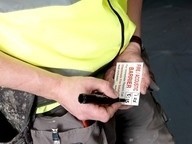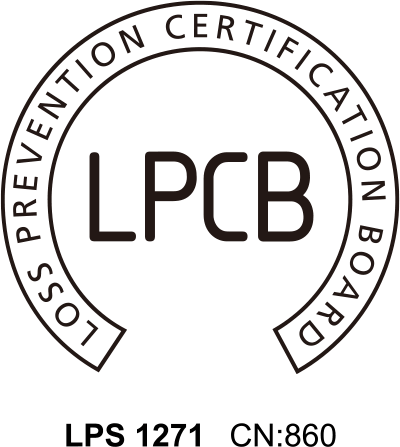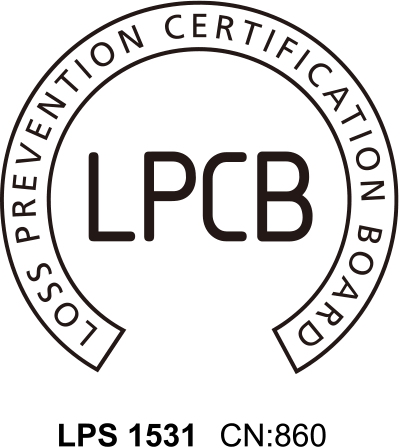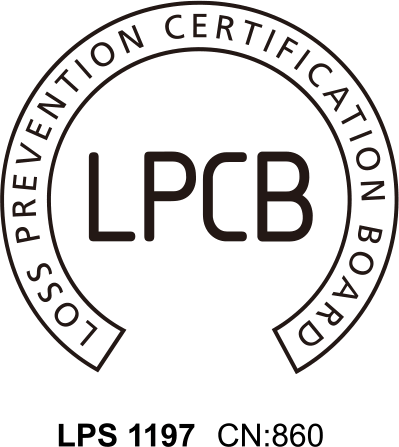What is passive fire protection?
As its name suggests, passive fire protection (PFP) is a form of fire safety provision that remains dormant, or inert, during normal conditions but becomes active in a fire situation.
It is an integral component of structural fire protection in a building, which is designed to contain fires or slow their spread. The purpose of PFP is to contain the spread of fire for sufficient time to permit
- the safe evacuation of all occupants of the premises and
- the arrival of the fire brigade.
The person responsible for fire safety also has a duty of care towards any members of the emergency services, e.g. fire fighters, who may have to enter the premises during the course of a fire; in slowing the spread of flames, smoke and hot gases, PFP also serves to ensure the building remains as safe as possible for entry in this situation.

But what is it and where do we need it?
PFP provision is required in all buildings, whether domestic or non-domestic, with the purpose of containing / compartmentalising / retarding the spread of fire.
There are several methods and products available that will achieve the required standard of fire resistance in existing buildings, some of which may be more appropriate than others. If you have any doubts about the best way to ensure PFP provision in your premises, contact a member of our team.
Passive systems are provided in the form of fire-rated doors, barriers, ceilings, and structural fire protection.
The overall aim of passive systems is to contain the fire by:
- Use of fire-rated partitions and doors to prevent the fire and smoke from moving from one compartment to another
- Delaying the collapse of the building structure
- Delaying the growth of the fire
There are two main types of opening that could compromise the integrity of a fire-resistant structure: openings for pipes and ventilation ducts, flues, etc. additional provisions in respect of fire-stopping are detailed as follows:
- joints between fire-separating elements should be fire-stopped;
- all openings for pipes, ducts, conduits, or cables to pass through any part of a fire-separating element should be:
a) kept as few in number as possible; and
b) kept as small as practicable; and
c) fire-stopped (which, in the case of a pipe or duct, should allow thermal movement).
Every service that is installed in a building, such as water pipes, electrical sockets, cable trunking and lighting units, can compromise the fire resistance of a room by creating openings in its walls, floor and ceiling. The role of PFP is to seal the gaps these penetrations create should the worst happen and fire break out. All products designed to fulfil this criteria are fire-rated, i.e. certified to resist fire for a specified length of time, which can be anything from 30 minutes to 4 hours. They all include an intumescent material, which remains dormant, or passive, during normal conditions but swells to many times its original size when exposed to the heat of a blaze.
The regulations
Any new build / modernisation / extension works must be carried out in accordance with The Building Regulations 2010, Fire Safety, Approved Document B.
In respect of internal fire spread (structure) and the relevance of PFP in particular The Building Regulations 2010 (Volume 2, p 67) stipulate the following (Requirement B3):
- Where reasonably necessary to inhibit the spread of fire within the building, measures shall be taken, to an extent appropriate to the size and intended use of the building, comprising either or both of the following –
(a) sub-division of the building with fire-resisting construction;
(b) installation of suitable automatic fire suppression systems.
- The building shall be designed and constructed so that the unseen spread of fire and smoke within concealed spaces in its structure and fabric is inhibited.
In respect of the protection of openings and fire-stopping in order to inhibit the spread of fire, 10.2 of the Regulations states (p 85):
If a fire-separating element is to be effective, every joint or imperfection of fit, or opening to allow services to pass through the element, should be adequately protected by sealing or fire-stopping so that the fire resistance of the element is not impaired.


.jpg)





















